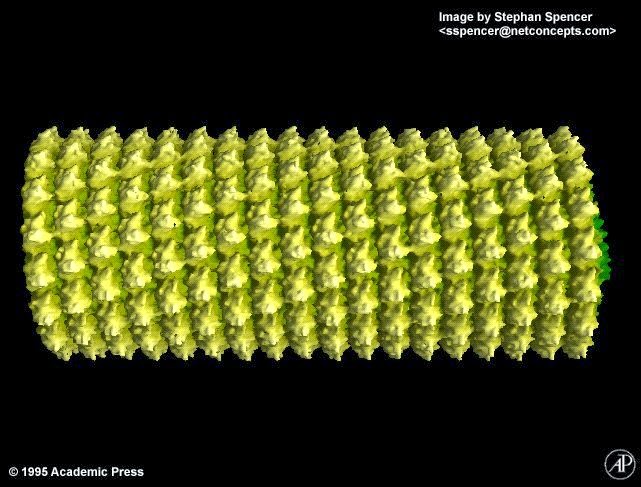 |
| Hb molecule with the porphyrin rings indicated by red discs: each ring contains an iron atom |
Hb carries oxygen from the blood to the tissues and achieves this by an elegant an well understood molecular mechanism. The binding of oxygen to Hb was described by Hill and Adair around 50 years before the structure of Hb was determined by Max Perutz, one of the most successful scientists to come out of Austria, via Cambridge, where he arrived just before the second world war. Perutz and John Kendrew made pioneering discoveries in the determination of protein structures, working on Hb and Myoglobin (a similar protein to Hb found in muscles) respectively. Perutz (left) shared the Nobel Prize with Kendrew in 1962, after a distressing period of confinement in Canada via Huyton! Perutz, like most Germans and Austrians were held in confinement during the early stages of the second world war and Huyton boasted one such internment camp.
The oxygen binding curve is probably the first encounter a Biochemistry or Physiology student has with a complex curve. The sigmoidal (or S-shaped) plot shown right illustrates that as the concentration of oxygen (pO2) is slowly increased a short phase of very rapid binding occurs, followed by a flat phase (or saturation). In other words Hb prefers to capture oxygen molecules over a small range of concentration, a range that is adapted to our own physiological characteristics. We refer to this process as cooperative, since it turns out that the binding of one molecule of oxygen makes it easier for the second, third and fourth to bind to each Hb subunit (remember Hb is made up of 4 subunits, above). You have seen this type of curve before in monitoring bacterial cell growth. Biology has a limited number of mathematical strategies in its evolutionary tool box, it would seem! If the binding of oxygen was additive and simple, the graph would be a straight line, which would probably flatten off as the binding sites are filled up.
Now consider this conundrum: if each Hb subunit is identical, then each Hb subunit should bind oxygen with the same affinity, but it clearly doesn't (from many observations). How then is this observed co-operativity achieved? I have told you that Hb is a tetramer of identical protein chains each containing a porphyrin ring, or haem molecule. How does differential binding take place? This is where Perutz and an army of scientists working in different fields across the world, came together to provide an explanation. In the absence of oxygen (deoxyHb), Hb molecules exist in subtly different forms. That is they can adopt slightly different 3D shapes. Hb has intrinsic flexibility, and when oxygen binds to one site, a shape change is transmitted through the molecule which increases the second oxygen binding site's affinity for oxygen. Then the third is even more likely to bind oxygen, until the fourth site is finally filled. It is a little like zipping up your jacket: it is slow at first, but once the zip is engaged it gets easier as you complete the process, until you reach the top. The ability of certain proteins to shape-shift (or as we say in Biochemistry, undergo a conformational transition) is one of the most important phenomena in Biology. It is part of our understanding of key molecular changes in cancer and some forms of dementia. You must appreciate however, that these various shapes exist in an equilibrium that is determined by the amino acid sequence of the protein, the conditions in vivo (or in vitro) and by the molecules that interact with Hb. We will return to these important phenomena later.




































